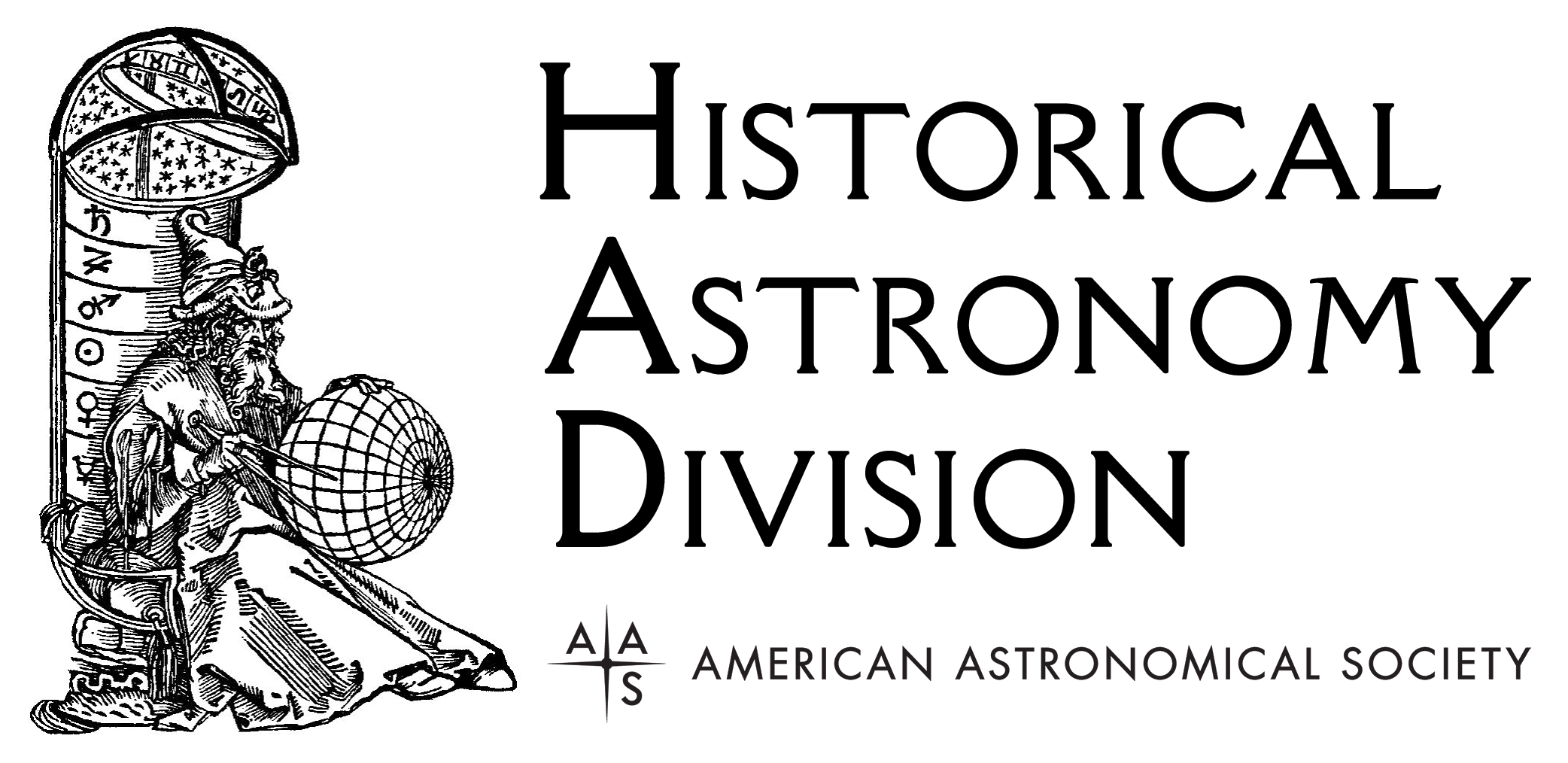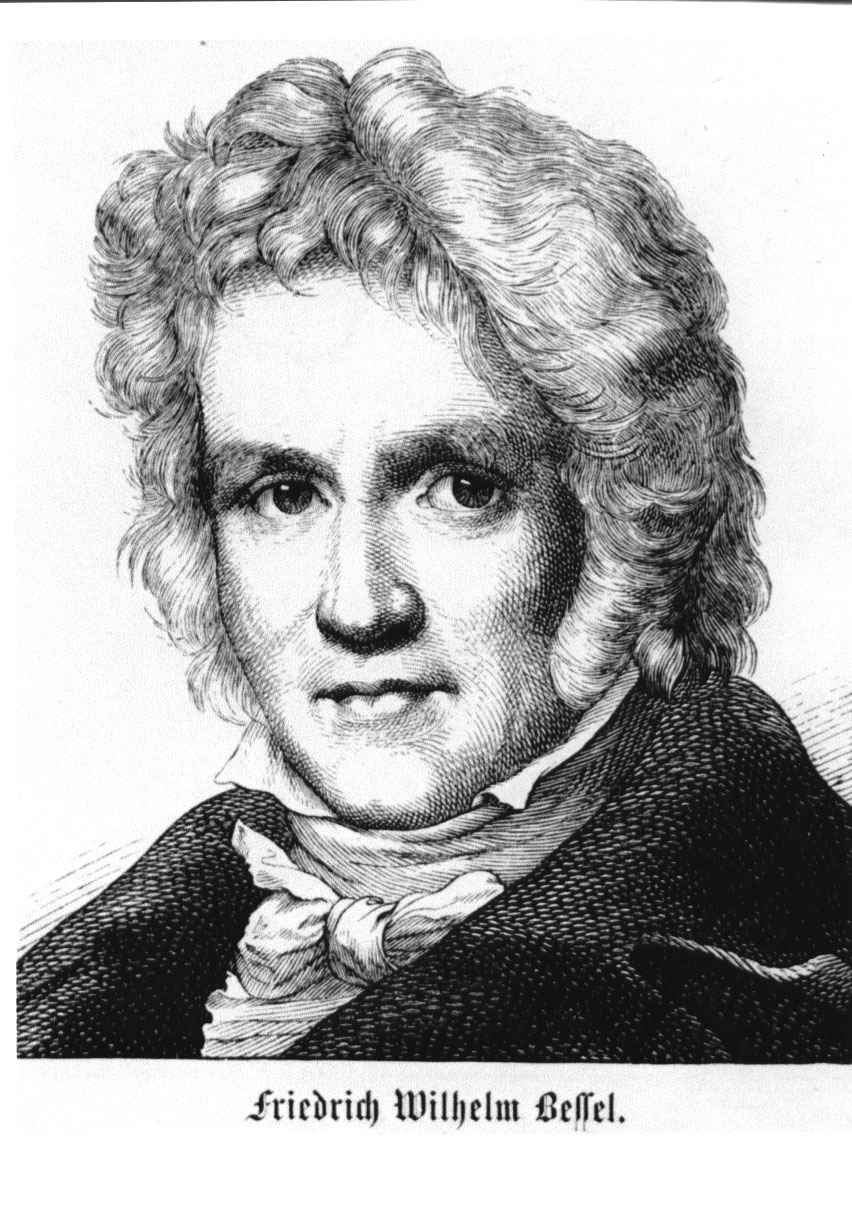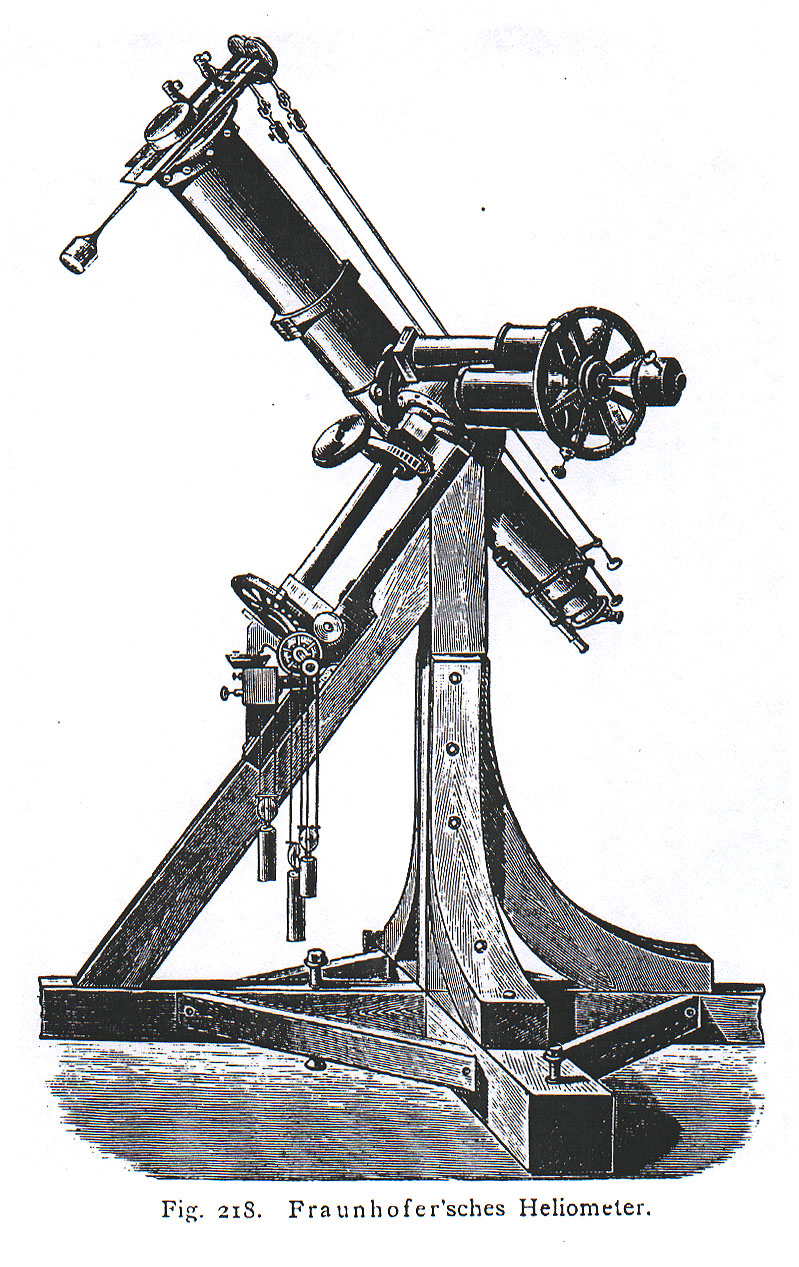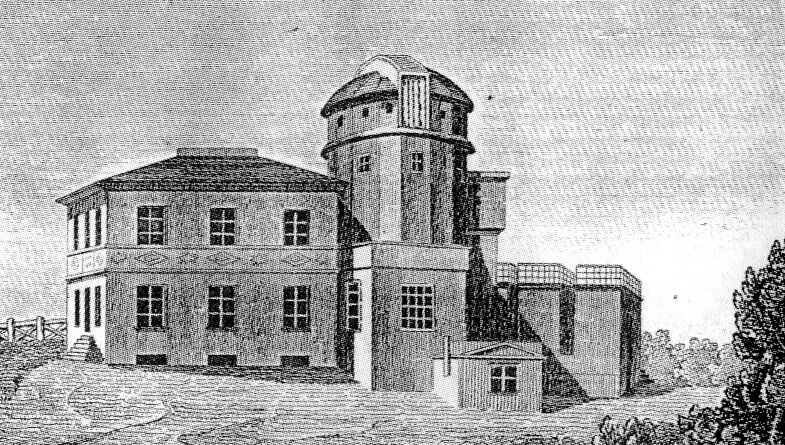This Month in Astronomical History: November 2021
Michael Wang
Sharon High School, Sharon, Massachusetts
 Each month as part of this series from the AAS Historical Astronomy Division (HAD), an important discovery or memorable event in the history of astronomy will be highlighted. This month's author, Michael Wang, writes about the first successful measurement of stellar parallax, whose official announcement was made this month in 1838. Interested in writing a short (500-word) column? Instructions along with previous history columns are available on the HAD web page.
Each month as part of this series from the AAS Historical Astronomy Division (HAD), an important discovery or memorable event in the history of astronomy will be highlighted. This month's author, Michael Wang, writes about the first successful measurement of stellar parallax, whose official announcement was made this month in 1838. Interested in writing a short (500-word) column? Instructions along with previous history columns are available on the HAD web page.
Stellar Parallax: A Critical Step in Mapping the Cosmos
One hundred eighty-three years ago this month, in November 1838, the Monthly Notices of the Royal Astronomical Society published a letter from Friedrich Wilhelm Bessel, director of the Königsberg Observatory in Prussia, detailing the first successful stellar parallax measurement. Bessel described a series of rigorous telescopic observations he had made of the star 61 Cygni over the previous year that revealed a telltale annual shift in its position in the sky.1
Others before Bessel had tried to detect stellar parallax, the positional oscillation of a star due to the differing vantage points afforded by Earth’s wide-swinging orbit. Among them were Royal Society experimentalist Robert Hooke in 1669, Astronomer Royal James Bradley during the late 1720s, and noted celestial observer William Herschel who worked on the problem from 1781 to 1802. Success eluded them all. Accurate measurement of a star’s parallax required top-notch precision, which was practically impossible to achieve with the crude astronomical instruments prior to the 19th century.2
Fortunately, Friedrich Bessel pursued his astronomical career in the right place at the right time. In the early 1800s, German physicist and engineer Joseph Fraunhofer, a gifted optical craftsman, was producing instruments superior to those before him. Most telescopes used by astronomers at that time were sufficient for visual exploration, but not for rigorous scientific measurement. After Fraunhofer died in 1826, his company delivered one of his finest telescopes to Bessel’s observatory in Königsberg. This telescope, a heliometer of six inches aperture, was the breakthrough technology Bessel needed for his parallax measurements.2
Bessel’s heliometer might have looked the part of the average refractor telescope of the time, but was quite different in principle. The key to the heliometer’s success was the halved objective lens. Using a sharp diamond cutter, the precious lens had been split, its halves able to be shifted laterally by the turn of a calibrated thumbscrew. When the lens halves were offset, the image in the eyepiece would appear doubled. Bessel measured parallax by sighting two stars, 61 Cygni in this case, and a more distant comparison star for which the parallax was vanishingly small.3,4 He then adjusted the lens halves until 61 Cygni overlapped the comparison star, and noted the lens offset, repeating this process often multiple times per night for just over a year. During this period, 61 Cygni appeared to oscillate around its nominal straight-line path in the sky due to the parallactic effect. Simple geometry yielded 61 Cygni’s distance.4 Bessel’s resultant parallax angle measurement of 0.3136 ± 0.0202 arcsecond turned out to be very close to the modern value of 0.286 arcseconds, and his derived distance of 10.3 light-years, likewise close to the modern reckoning of 11.4 light-years.5
Bessel was not the only astronomer trying to measure stellar parallax at the time. Wilhelm Struve, at the Dorpat Observatory in present-day Estonia, and Thomas Henderson, a Scottish astronomer posted to the Royal Cape Observatory in South Africa, were observing Vega and Alpha Centauri, respectively, and published their results mere months after Bessel.6 Struve deduced Vega’s parallax to be 0.125 ± 0.055 arcsecond, in fortuitous agreement with its true value; however, a second round of measurements doubled his previous finding to 0.261 ± 0.025 arcsecond. Henderson reported a parallax for Alpha Centauri of 1.16 ± 0.11 arcsecond, off the mark by more than fifty percent. A 2020 study by Mark J. Reid of Harvard and Karl Menten of the Max-Planck-Institut für Radioastronomie concluded that both Struve and Henderson had significantly underestimated their measurement uncertainties, whereas Bessel had arrived at a realistic assessment of error.5
In an 1842 address to the Royal Astronomical Society, John Herschel described the measurement of the first stellar parallax as "the greatest and most glorious triumph which practical astronomy has ever witnessed." 7 It opened the eyes of many to the vast scale of the starry realm. With this incredible feat, accurate depictions of the solar neighborhood appeared within reach. Bessel’s parallax measurement of 61 Cygni was a small, yet critical, step in mapping the cosmos.

Fig. 1: Portrait of Friedrich Bessel. (Sternwarte, Universität Bonn)

Fig. 2: The Fraunhofer heliometer Friedrich Bessel used to conduct his parallax observations. (Armand Schweiger-Lerchenfeld, Atlas der Himmelskunde, 1898)

Fig. 3: The Königsberg Observatory as it appeared in Bessel’s time. The structure was destroyed by Allied bombers during World War II in 1944. (C. L. Littrow, Kalender für alle Stände, 1848)
References
- Bessel, F. W. (1838, November). "A Letter from Professor Bessel to Sir. J. Herschel, Bart., Dated Königsberg, Oct. 23, 1838," Monthly Notices of the Royal Astronomical Society 4 (17): 152-161; (18): 163.
- Hirshfeld, A. W. (2001, November). "The Race to Measure the Cosmos," Sky and Telescope, 39-42.
- 3. Willach, R. (2004, Summer). "The Heliometer: Instrument for Gauging Distances in Space," Journal of the Antique Telescope Society, (26), 5.
- 4. Hirshfeld, A. W. (2013). Parallax: The Race to Measure the Cosmos. Mineola, NY: Dover Publications.
- 5. Reid, Mark J., and Menten, Karl M. (2020). "The First Stellar Parallaxes Revisited," Astronomische Nachrichten, 341 (9), 860-869.
- 6. Fernie, J. D. (1975). "The Historical Search for Stellar Parallax," Journal of the Royal Astronomical Society of Canada, 69 (4), 153-161, 222-239.
- 7. Herschel, John (1842). "Address Delivered at the General Meeting of the Royal Astronomical Society, February 12, 1842, on Presenting the Honorary Medal to M. Bessel," Memoirs of the Royal Astronomical Society, 12, 442-454.

